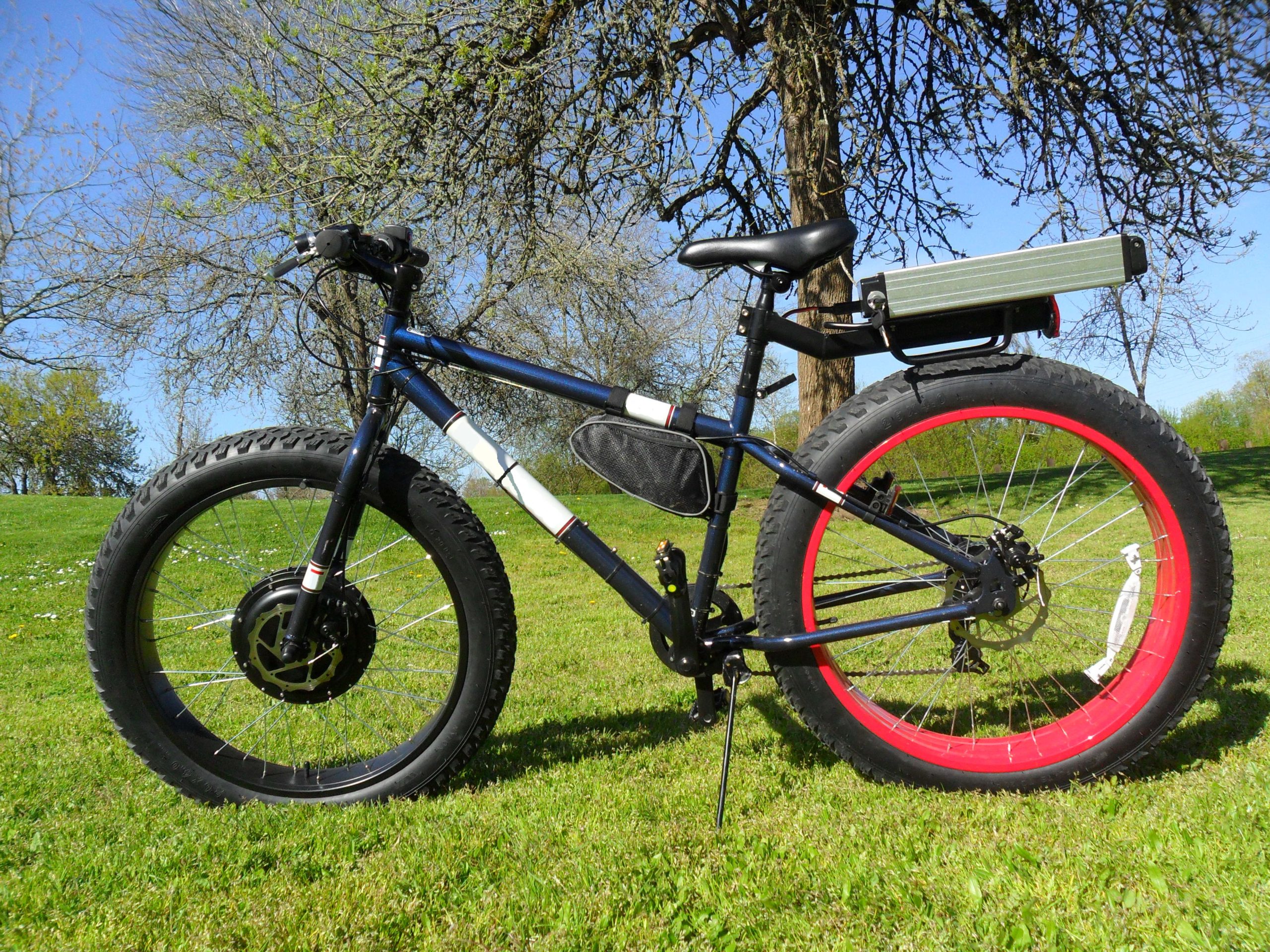
Understanding eBike Class Types
- Technology
- February 13, 2021
In recent years, eBikes have become incredibly popular with a wide range of cyclists. While they were once a novelty upgrade for many and a must-have for commuters, a wider range of model offerings and designs have led to eBikes for just about any rider. On top of that, as the community of riders has grown, it’s become more and more obvious that a little assistance can go a long way for people cycling with disabilities that affect stamina, as well as for those looking to push endurance limits without worrying about being over-fatigued on the ride home. Before you buy an eBike, though, you need to understand what you’re getting into and what regulations will pertain to your activities when you ride, and in many places that depends on the class of your bike.
It’s All About the Motor
When you’re talking classes of ebikes, you’re not talking about the bike classes that usually define different body styles or gear speed setups. In many cases, when you’re competing in cycling events, these are the criteria used to determine bike class, but when you’re talking eBikes and local laws, it’s all about the size of the motor. There are three generally recognized classes for electric motor assist units, and whether they’re expressed as the class number or just as a description of the motor’s size and capabilities, they’re pretty universally recognized in laws about who can ride and what they have to do to ride legally.
Class 1 Motors
The ebikes with the least restrictive policies around their use tend to be class 1 bikes because they only engage the motor assist when you’re pedaling and the top speed is about 20 miles per hour for an average adult rider. The actual top speed could be lower, though, depending on the combined weight of your stuff, your bike, and your self, because the motor can’t be larger than 750W to qualify. In some areas, you still need a motorcycle endorsement or at least a basic driver’s license to operate one, but in many areas you do not. The bike’s low top speed puts it in the range a fit rider can achieve manually, so many jurisdictions don’t treat class 1 ebikes differently from regular bikes.
Class 2 Devices
Usually class 2 devices are close to the same power as a class 1 bike, but they’re able to provide pedal assist on demand. They can be a bit larger, but the limitation is that the on-demand motor assistance alone should top out at about 15 mph. With a rider pedaling moderately, though, they can reach as high as 24 mph, so there are some advantages to buying class 2 electric cruiser bicycles if you’re commuting and you want to be able to move at the speed of traffic with relative ease. Many jurisdictions with tiered regulations for ebikes require licensing for class 2 and 3 bikes because of their ability to propel the rider without being pedaled.
Class 3 eBikes
If you’re looking for a Sixthreezero electric bike that can provide top speeds of nearly 30 mph, this is the class for you. It’s also the most likely class to have a licensing requirement in any given state, so make sure you have the right endorsements to ride before taking out your bike. Class 3 bikes are frequently restricted on trails, but they are great for long-distance road trips.